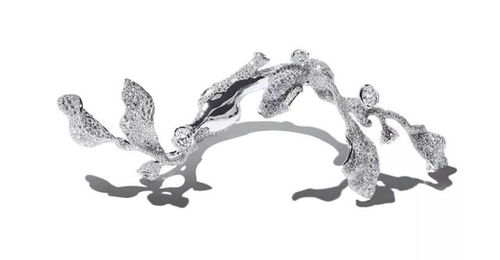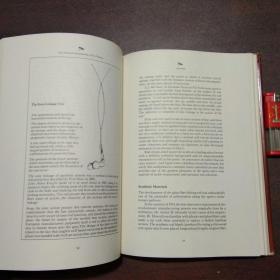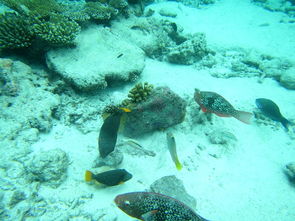Content:
Introduction: Catching crucian carp, a popular species of freshwater fish, can be both a challenging and rewarding experience. Whether you are a seasoned angler or a beginner, mastering the art of crucian carp fishing requires a combination of skill, patience, and the right techniques. One of the most crucial aspects of successful crucian carp fishing is selecting the appropriate bait. In this article, we will delve into the world of crucian carp fishing, offering you valuable tips and techniques to help you choose the perfect bait and improve your chances of landing that elusive catch.
Understanding Crucian Carp: Before we dive into the specifics of bait selection, it's essential to understand the feeding habits and preferences of crucian carp. These fish are bottom feeders, meaning they search for food on or near the riverbed. They have a preference for small, invertebrates such as worms, maggots, and insects. Knowing this, we can tailor our bait choices to mimic their natural food sources.
Choosing the Right Bait:
Artificial Lures: Artificial lures can be a great option for attracting crucian carp. They come in various shapes, sizes, and colors, allowing you to experiment and find what works best in your specific fishing environment. Some popular artificial lures for crucian carp include:
- Jigs: These small, weighted lures can be fished on the bottom or near the surface, depending on the depth of the water and the carp's feeding habits.
- Spinners: These lures create a lot of movement and noise, which can be attractive to crucian carp.
- Crankbaits: These lures resemble small fish and can be used to mimic the natural movement of prey.
Natural Baits: Natural baits are often more effective for crucian carp, as they closely resemble their natural food sources. Here are some of the most popular natural baits for crucian carp:
- Worms: Earthworms are a classic choice for crucian carp. They can be threaded onto a hook or used in a bait rig.
- Maggots: Maggots are another excellent choice, especially in areas where they are abundant.
- Insects: Small insects such as mayflies, caddisflies, and beetles can be highly effective for attracting crucian carp.
Bait Selection Based on Conditions: The choice of bait can also depend on the specific conditions you are fishing in. Here are some factors to consider:
- Water Temperature: In colder water, crucian carp may be less active, so using a smaller, more natural bait like maggots might be more effective.
- Water Clarity: In murky water, bright or colorful baits can be more visible to the fish, making them more likely to strike.
- Weather Conditions: On windy days, using heavier baits can help keep your bait on the bottom, where crucian carp are more likely to be found.
Advanced Bait Techniques:

Bait Rigs: Bait rigs can be an effective way to present your bait to crucian carp. Some popular bait rigs include:
- The paternoster rig: This rig allows you to fish multiple baits at different depths.
- The leger rig: This rig is ideal for fishing on the bottom and can be adjusted to target crucian carp at different depths.
Bait Presentation: The way you present your bait can also make a significant difference in your success rate. Here are some tips:
- Keep your bait moving: Even if the carp are not actively feeding, a moving bait can often trigger a strike.
- Be patient: Allow your bait to settle on the bottom before retrieving it. This gives the carp time to investigate and potentially take the bait.
Conclusion: Catching crucian carp can be a fulfilling experience when you employ the right techniques and select the perfect bait. By understanding the feeding habits of crucian carp, experimenting with different types of bait, and adapting your techniques to the conditions, you can increase your chances of landing a beautiful crucian carp. Whether you choose artificial lures or natural baits, remember to pay attention to the water temperature, clarity, and weather conditions, and always be ready to adjust your approach. Happy fishing!












